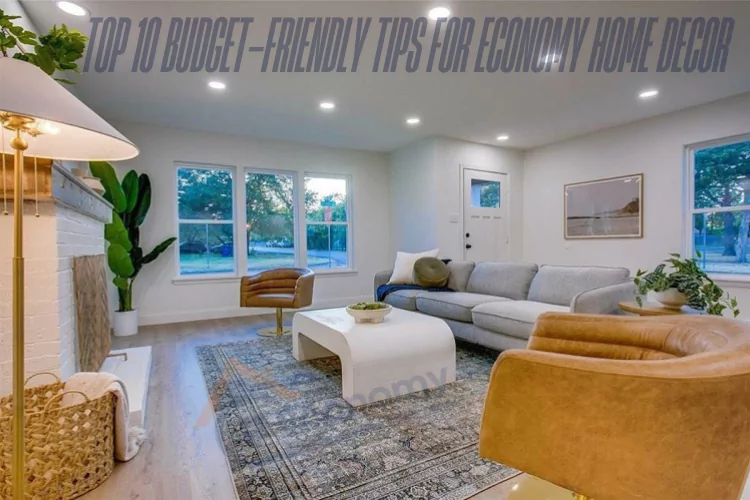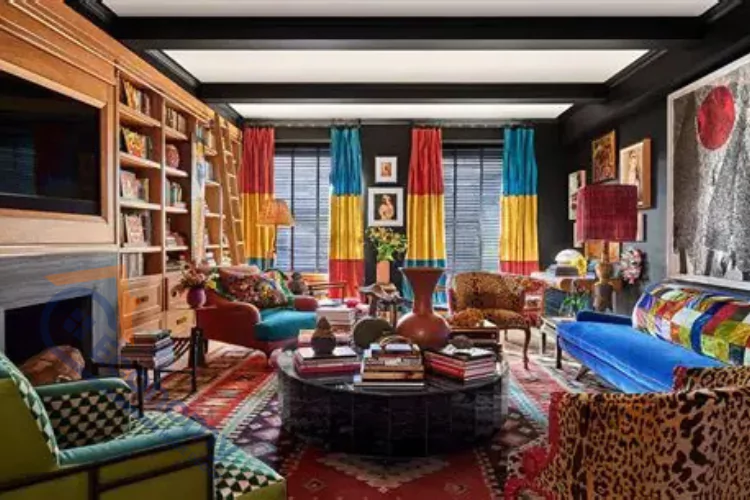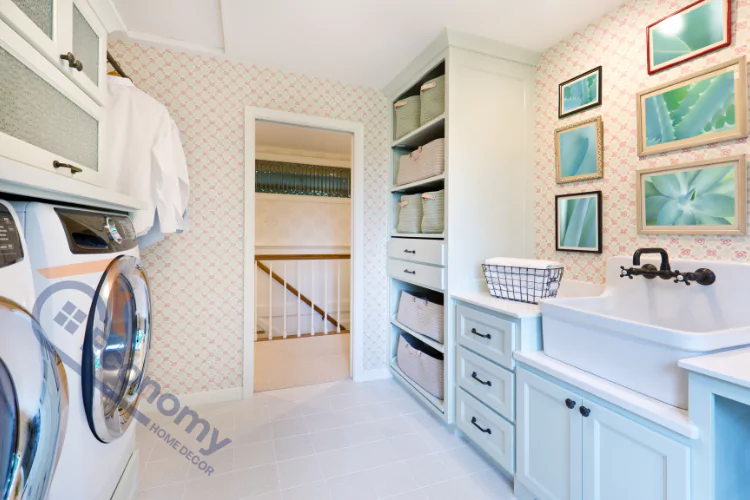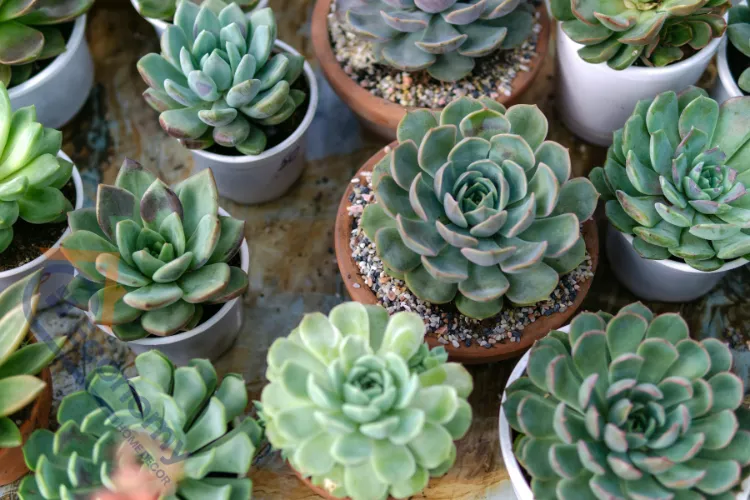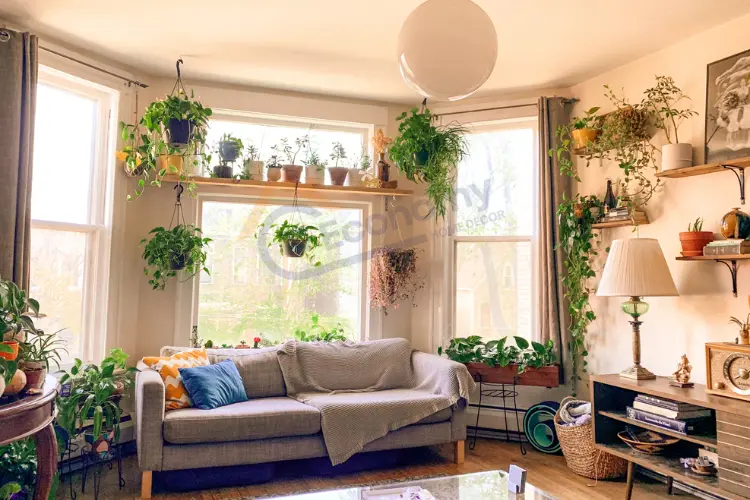Creating a beautiful home doesn’t have to cost a fortune. With the right approach and these Top 10 Budget-Friendly Tips For Economy Home Decor, you can transform your living space into a stylish haven while keeping your wallet happy. Whether you’re a first-time homeowner, renting an apartment, or simply looking to refresh your current space, these practical strategies will help you achieve the look you want without overspending.
Home decoration is often seen as an expensive endeavor, but smart decorating is about creativity, not just cash. By focusing on strategic purchases, DIY projects, and clever styling tricks, you can create a space that reflects your personality and feels like home. The key is knowing where to invest your money and where you can save without sacrificing style or quality.
Understanding Economy Home Decor: Making Every Dollar Count
Economy home decor isn’t about choosing the cheapest option available – it’s about making intelligent choices that maximize your decorating budget. This approach combines smart shopping strategies with creative solutions to achieve high-impact results at lower costs. When you understand the principles behind budget-friendly decorating, you can create spaces that look expensive while staying within your financial comfort zone.
The foundation of successful economy decorating lies in planning and prioritizing. Before making any purchases, assess your space and identify the areas that will have the biggest visual impact. Focus on these high-impact zones first, then gradually work on other areas as your budget allows. This strategic approach ensures that your money goes toward changes that will make the most difference in your home’s overall appearance.
Smart decorators also understand the importance of mixing high and low-end pieces. You don’t need to furnish your entire home with expensive items to achieve a sophisticated look. Instead, invest in a few quality pieces that will serve as focal points, then fill in with budget-friendly accessories and accents that complement your chosen style.
Shop Secondhand and Thrift Stores Like a Pro
Thrift shopping is one of the most effective ways to implement these top 10 budget-friendly tips for economy home decor. Secondhand stores, estate sales, and online marketplaces offer incredible opportunities to find unique pieces at fraction of retail prices. The key to successful thrift shopping is knowing what to look for and having the vision to see potential in items that might need minor updates.
When shopping secondhand, focus on pieces with good bones – solid wood furniture, quality frames, and items with interesting shapes or details. Don’t worry if the finish or color isn’t perfect; these elements can often be easily changed with paint, stain, or new hardware. Look for classic styles that won’t go out of fashion quickly, as these pieces will serve you well for years to come.
Develop relationships with local thrift store staff and ask about their restocking schedules. Many stores receive new inventory on specific days, so timing your visits can help you discover the best pieces before other shoppers. Additionally, consider signing up for estate sale newsletters in your area, as these events often feature higher-quality items at competitive prices.
Master the Art of DIY Projects and Upcycling
DIY projects are essential components of any successful budget decorating strategy. Creating your own decor pieces not only saves money but also ensures that your home reflects your personal style. Start with simple projects like painting picture frames, creating wall art, or recovering throw pillows. As your confidence grows, you can tackle more complex projects like furniture refinishing or custom storage solutions.
Upcycling transforms existing items into something new and beautiful, giving them a second life while keeping them out of landfills. Old wooden crates can become stylish storage solutions, vintage suitcases can be converted into unique coffee tables, and outdated furniture can be transformed with fresh paint and new hardware. The possibilities are endless when you approach items with creativity and imagination.
Before starting any DIY project, research techniques and gather all necessary supplies. Watch online tutorials, read blogs, and don’t be afraid to start small. Many successful DIY decorators began with simple projects and gradually developed their skills over time. Remember that mistakes are part of the learning process, and even imperfect projects can add character and charm to your home.
Strategic Paint Choices That Maximize Impact
Paint is one of the most powerful and affordable tools in your decorating arsenal. A fresh coat of paint can completely transform a room’s appearance, making it feel larger, brighter, or more intimate depending on your color choices. When implementing top 10 budget-friendly tips for economy home decor, paint should be at the top of your list for maximum impact at minimal cost.
Choose neutral base colors that will work with various decorating styles and color schemes. Light colors like whites, creams, and soft grays make spaces feel larger and brighter, while they also provide a versatile backdrop for colorful accessories and artwork. These neutral backgrounds allow you to change your room’s personality simply by switching out pillows, throws, and other accents.
Consider using paint in creative ways beyond just wall coverage. Paint furniture to give it new life, create accent walls for visual interest, or use paint to highlight architectural features like trim or built-ins. Specialty paint techniques like color washing, stenciling, or creating stripes can add sophisticated touches without requiring expensive materials or professional installation.
Maximize Natural Light and Use Mirrors Strategically
Natural light is free and instantly makes any space feel more open and welcoming. Maximize the light in your home by keeping windows clean and unobstructed. Choose window treatments that can be easily opened during the day, such as simple curtains or blinds that stack neatly to the sides of windows.
Mirrors are incredibly effective tools for enhancing natural light and creating the illusion of more space. Place mirrors opposite or adjacent to windows to reflect light throughout the room. Large mirrors can make small spaces feel significantly larger, while groups of smaller mirrors can create interesting focal points while still bouncing light around the room.
When shopping for mirrors, look for pieces at discount stores, thrift shops, or online marketplaces. Don’t worry if the frames aren’t perfect – they can be easily painted or updated to match your decor. Consider creating a gallery wall of mirrors in different shapes and sizes for a dramatic effect that costs much less than a single large designer mirror.
Focus on Textiles and Soft Furnishings for Instant Updates
Textiles offer one of the quickest and most affordable ways to update your home’s appearance. Throw pillows, blankets, curtains, and rugs can instantly change a room’s color scheme and style without major investment. When following top 10 budget-friendly tips for economy home decor, focus on textiles that can work in multiple rooms or seasons to maximize their value.
Choose a cohesive color palette and stick to it when selecting textiles. This approach ensures that pieces can be mixed and matched throughout your home, creating a coordinated look while allowing for flexibility in arrangement. Neutral base colors with pops of accent colors work particularly well for this strategy.
Seasonal textile swaps are an excellent way to keep your home feeling fresh throughout the year. Store off-season items in bins or vacuum-sealed bags, then rotate them as weather and holidays change. This approach allows you to have variety in your decor without constantly purchasing new items, making it both economical and environmentally friendly.
Create Gallery Walls with Personal Photos and Affordable Art
Gallery walls provide maximum visual impact for minimal investment, making them perfect for budget-conscious decorators. Create compelling displays using a mix of family photos, inexpensive prints, and even children’s artwork. The key to successful gallery walls is planning the arrangement before hanging anything on the wall.
Start by laying out your pieces on the floor or creating paper templates to tape on the wall. This approach allows you to experiment with different arrangements without putting unnecessary holes in your walls. Mix different frame sizes and shapes for visual interest, but maintain some consistency through color or style to keep the display cohesive.
Look for affordable art at local craft fairs, online print shops, or create your own using free printables available online. Frame inexpensive prints in matching frames from discount stores to create a cohesive, expensive-looking display. Black and white photography, botanical prints, and abstract designs work particularly well for budget-friendly gallery walls.
Smart Shopping Strategies and Timing Your Purchases
Successful implementation of top 10 budget-friendly tips for economy home decor requires strategic shopping habits. Learn when stores typically have sales and clearance events. Many home goods retailers offer significant discounts at the end of seasons, after holidays, and during back-to-school periods.
Create a wish list of items you need and monitor prices over time. Use apps and websites that track price histories and alert you when items go on sale. This patience-based approach can result in significant savings on higher-ticket items like furniture and major decor pieces.
Consider shopping at discount retailers, outlet stores, and warehouse clubs for basic home goods. Items like storage baskets, basic frames, and cleaning supplies are often much less expensive at these venues compared to specialty home goods stores. The money saved on basics can be redirected toward statement pieces that have more visual impact.
Organize and Declutter for Instant Visual Improvement
Decluttering is completely free and can dramatically improve your home’s appearance. Remove items that don’t serve a purpose or bring joy, and organize what remains in an attractive, functional manner. A clutter-free space automatically looks more expensive and put-together, regardless of how much you spent on furnishings.
Implement organizational systems using items you already have or inexpensive solutions from discount stores. Baskets, bins, and boxes can corral clutter while adding to your decor. Choose organizational items in colors and materials that complement your existing decor to maintain a cohesive look throughout your home.
Regular decluttering sessions should become part of your home maintenance routine. Schedule monthly or quarterly reviews of your belongings, and be honest about what you actually use and enjoy. Items that no longer serve you can be donated, sold, or repurposed for other uses in your home.
Use Plants and Greenery as Natural Decor Elements
Indoor plants provide natural beauty, improve air quality, and add life to your spaces at relatively low cost. Many plants can be propagated from cuttings shared by friends or grown from seeds, making them essentially free once you have the initial specimens. Even if you purchase plants, they’re typically much less expensive than other decor items and continue to grow and change over time.
Choose plants that match your lifestyle and the light conditions in your home. Low-maintenance options like pothos, snake plants, and succulents are perfect for beginners or busy households. These hardy plants tolerate some neglect while still providing the visual benefits of greenery in your home.
Get creative with plant containers by repurposing items you already have or finding inexpensive options at thrift stores. Interesting pots, baskets, and even decorative bowls can house plants while adding to your overall decor scheme. Group plants of different heights and textures together for maximum visual impact.
Layer Lighting for Ambiance and Functionality
Proper lighting can make even budget furnishings look expensive and sophisticated. Layer different types of lighting – ambient, task, and accent – to create depth and interest in your rooms. This approach is much more effective than relying solely on overhead lighting, which can be harsh and unflattering.
Look for affordable table lamps, floor lamps, and string lights at discount retailers and thrift stores. Lampshades can be easily updated with paint, fabric, or trim to match your decor. Consider DIY lighting projects like mason jar pendant lights or rope-wrapped lamp bases for unique pieces that reflect your personal style.
Candles provide inexpensive accent lighting and create cozy ambiance. Group candles of different heights and sizes together for dramatic effect, or use them individually throughout your space for subtle lighting. Battery-operated LED candles offer the same visual appeal without safety concerns, making them perfect for homes with children or pets.
Budget-Friendly Shopping Destinations and Resources
| Store Type | Best Items to Buy | Average Savings | Shopping Tips |
|---|---|---|---|
| Thrift Stores | Furniture, frames, books, vases | 70-90% | Visit regularly, check multiple locations |
| Dollar Stores | Basic organizers, candles, small decor | 50-80% | Focus on simple, classic items |
| Discount Retailers | Textiles, storage, basic furniture | 40-70% | Compare prices, check quality |
| Online Marketplaces | Unique pieces, vintage items | Variable | Read reviews, factor in shipping |
| Estate Sales | Quality furnishings, artwork | 60-85% | Arrive early, bring cash |
Understanding where to shop for different types of items maximizes your decorating budget. Each venue has its strengths, and successful budget decorators learn to match their needs with the most appropriate shopping destinations.
Common Budget Decorating Mistakes to Avoid
Many well-intentioned decorators make mistakes that actually increase their costs or reduce the effectiveness of their efforts. Impulse buying is one of the biggest budget busters – always stick to your list and planned color scheme to avoid purchases that don’t work with your overall design.
Another common mistake is focusing too much on trends rather than timeless style. Trendy items quickly become dated, requiring frequent updates that strain your budget. Instead, choose classic pieces that will look good for years, then add trendy elements through easily changeable accessories.
Poor quality purchases might seem budget-friendly initially, but items that break or wear out quickly end up costing more in the long run. Learn to recognize quality construction and materials, and invest a bit more in pieces that will last rather than constantly replacing cheap items that don’t hold up to regular use.
Key Takeaways for Successful Budget Decorating
Successfully implementing these top 10 budget-friendly tips for economy home decor requires patience, creativity, and strategic thinking. Start with a clear vision of your desired style, then work gradually toward that goal rather than trying to decorate everything at once. This approach allows you to make thoughtful purchases and avoid costly mistakes.
Remember that decorating is an ongoing process, not a one-time event. Enjoy the journey of creating your ideal space, and don’t be afraid to experiment with different arrangements and combinations. Some of the best decorating solutions come from trying new approaches and learning what works best for your specific space and lifestyle.
Focus on changes that provide the biggest visual impact for your investment. Paint, lighting, and decluttering offer dramatic improvements for minimal cost, while strategic purchases of key pieces can transform entire rooms. By following these principles, you can create a beautiful, functional home that reflects your personality without straining your finances.
Frequently Asked Questions
A good rule of thumb is to budget 10-15% of a room’s square footage in dollars for basic decorating. For a 200-square-foot room, plan to spend $200-300 on decor, focusing on high-impact items first.
Paint typically provides the biggest transformation for the least money. After paint, focus on lighting and one quality statement piece that can serve as a room’s focal point.
Focus on decluttering, proper lighting, and a cohesive color scheme. Add texture through textiles, use mirrors strategically, and invest in a few quality pieces rather than many cheap items.
Decorating one room at a time allows you to see dramatic results quickly and stay within budget. Complete each space before moving to the next for the most satisfying and economical approach.
Major updates every 3-5 years work well for most people, with seasonal textile swaps and small accessory changes keeping things fresh in between. This approach spreads costs over time while maintaining visual interest.
Conclusion: Creating Your Dream Home Within Your Means
These top 10 budget-friendly tips for economy home decor prove that beautiful, functional spaces don’t require unlimited budgets – they require creativity, patience, and smart decision-making. By focusing on high-impact changes, shopping strategically, and embracing DIY projects, you can transform any space into a reflection of your personal style.
Remember that the most important aspect of home decorating isn’t how much you spend, but how well your space serves your needs and makes you feel comfortable and happy. Start with small changes, build on your successes, and enjoy the process of creating a home that truly reflects who you are. With these budget-friendly strategies, your dream home is more achievable than you might think.

